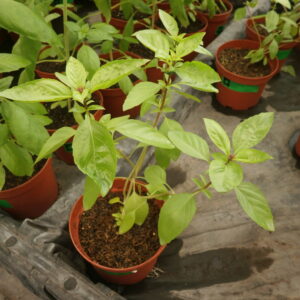
Orange Sweet Potato, Epible
₡1,900.00
Scientific name: Ipomoea batatas
Family:
Origin:
Medicinal use:
38 in stock
Related products
-
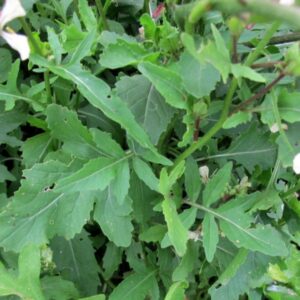
Arugula, Wasabi
Culinary Garden ₡1,900.00 Add to cart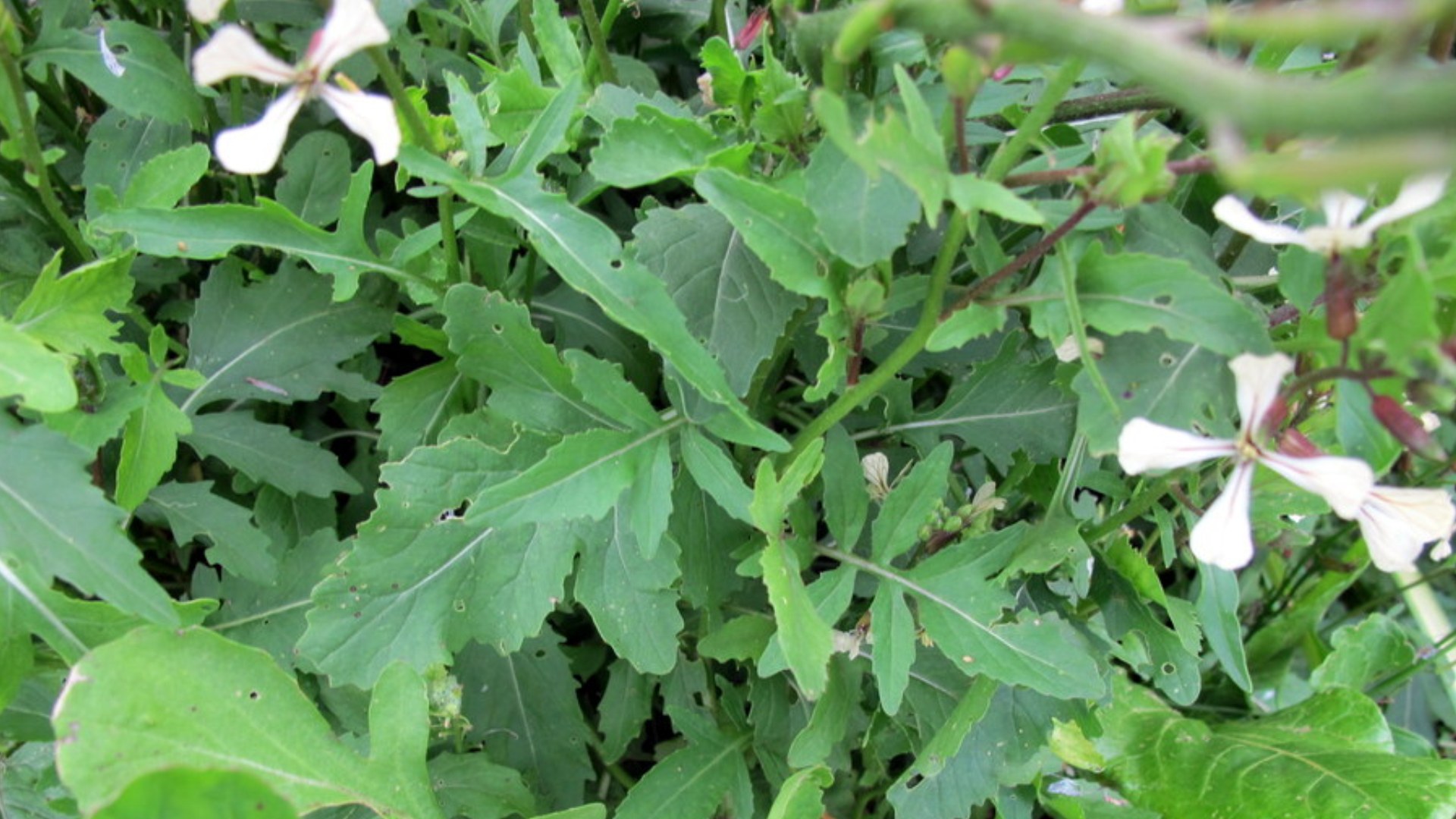
Arugula, Wasabi
₡1,900.00
SKU: 0232 Category: Culinary GardenScientific name: Eruca vesicaria
Family: Brassicaceae
Origin: Mediterranean, China and Arabian Peninsula
Medicinal use: It is often added to a pizza at the end of or just after baking. It is also used cooked in Apulia, in southern Italy, to make the pasta dish cavatiéddi, “in which large amounts of coarsely chopped rocket are added to pasta seasoned with a homemade reduced tomato sauce and pecorino”,as well as in “many unpretentious recipes in which it is added, chopped, to sauces and cooked dishes” or in a sauce (made by frying it in olive oil and garlic) used as a condiment for cold meats and fish.
5 in stock
-
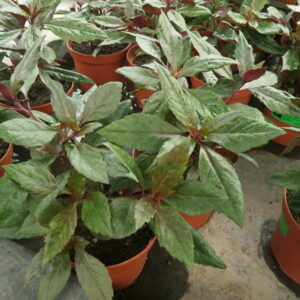
Spinach, Okinawa
Culinary Garden ₡1,900.00 Add to cart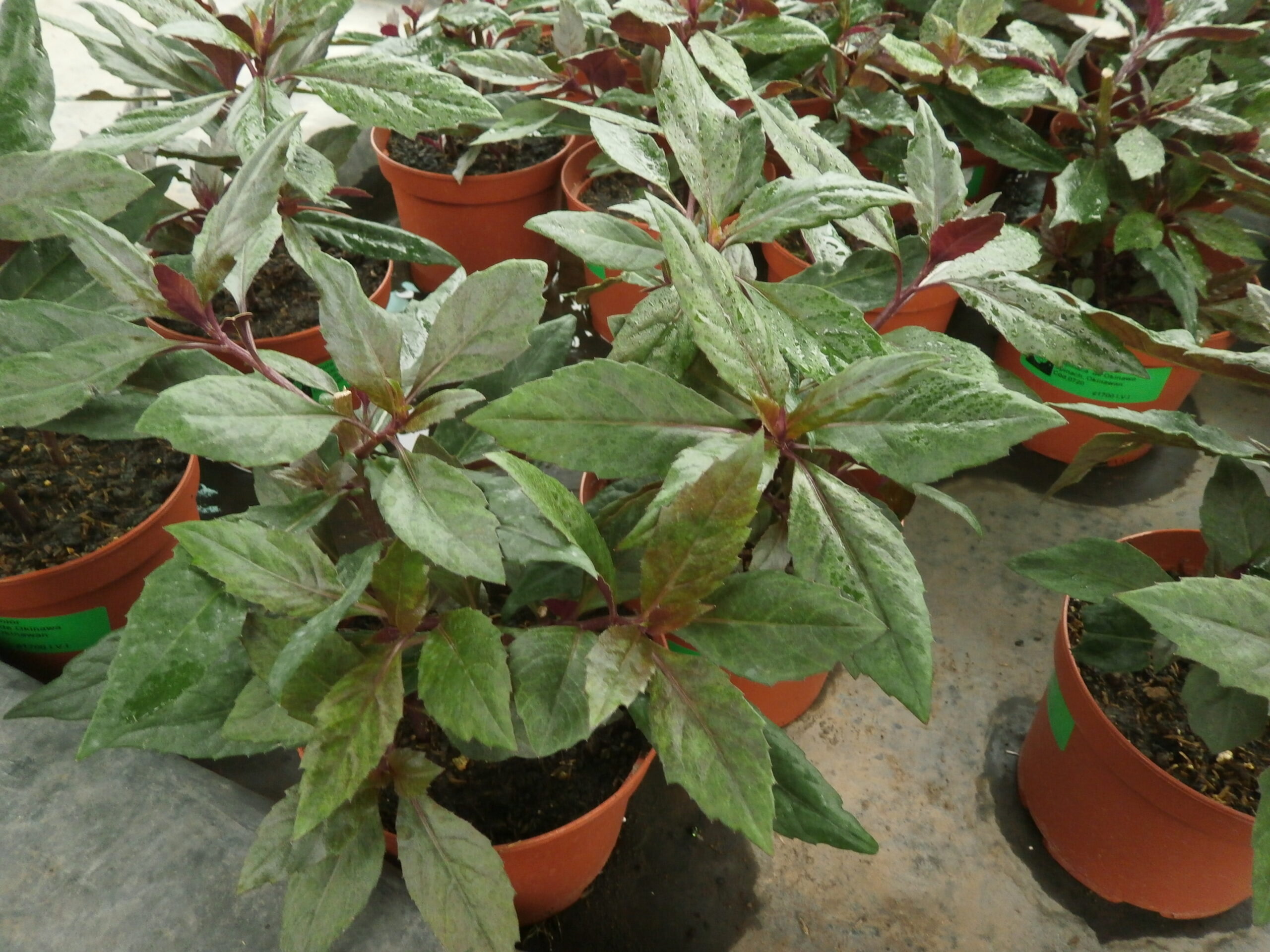
Spinach, Okinawa
₡1,900.00
SKU: 0720 Category: Culinary GardenScientific name: Gynura bicolor
Family: Asteraceae
Origin: S and SE Asia
Medicinal use:In Japan, Gynura bicolor is eaten as local vegetables in Ishikawa, Kumamoto and Okinawa and so on, it is lightly blanched and served with ponzu, as an ingredient in miso or tempura soup, the leaves are sautéed with sesame oil and ginger ( both hot foods). The stems and roots of the plant can also be made into tea by boiling them with water.
47 in stock
-
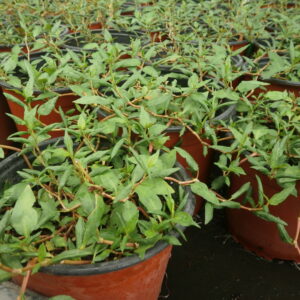
Cilantro, Vietnamese
Culinary Garden ₡1,900.00 Add to cart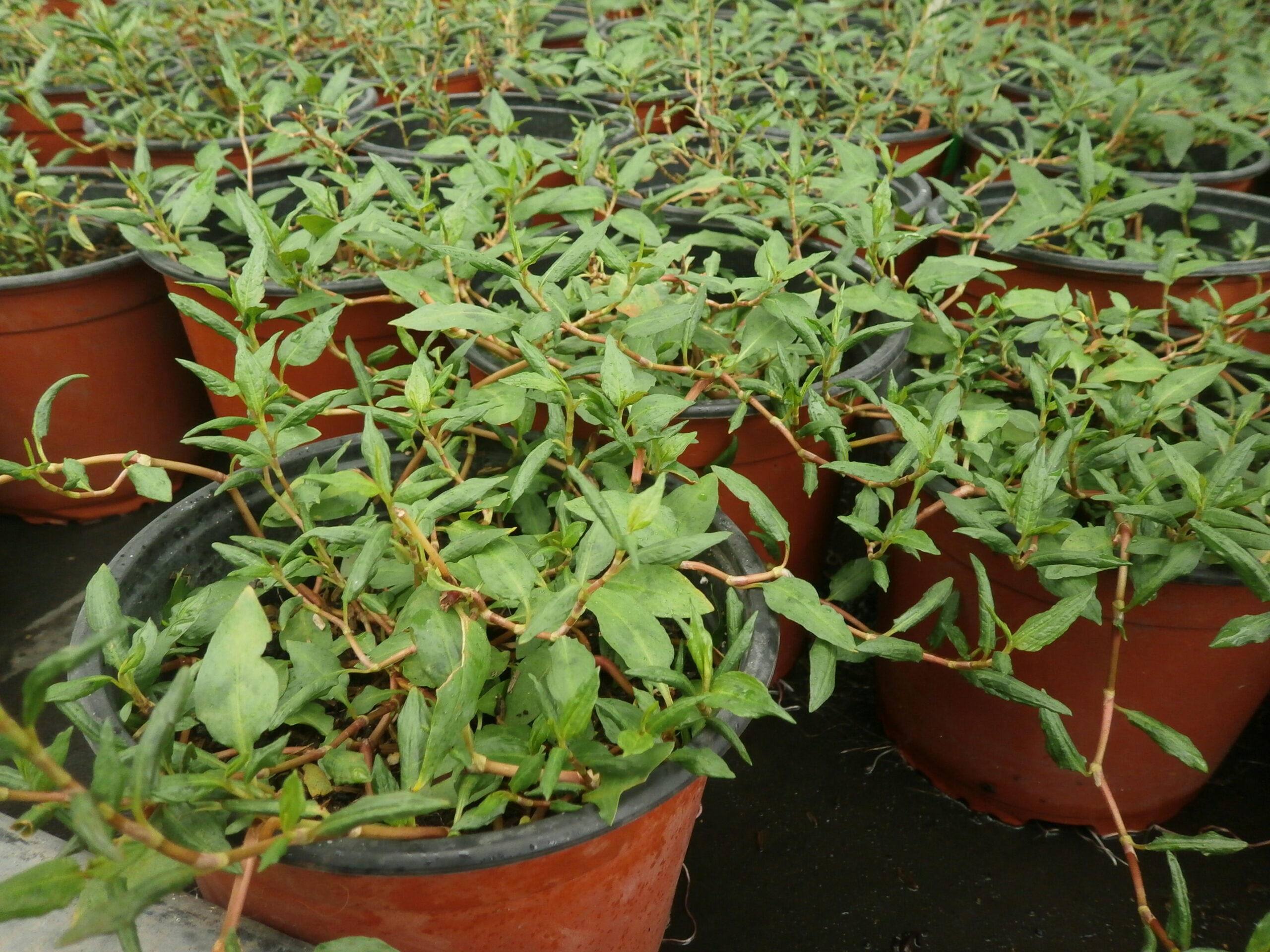
Cilantro, Vietnamese
₡1,900.00
SKU: 0655 Category: Culinary GardenScientific name: Persicaria odorata
Family: Polygonaceae
Origin: SE Asia
Medicinal use:The leaf is closely identified with the gastronomy of Vietnam, where it is eaten raw in salad (including chicken salad) and in raw rolls. In Cambodian gastronomy, the leaf is called chi krasang tomhom and is used to prepare soups, stews, salads and Cambodian rolls
33 in stock
-
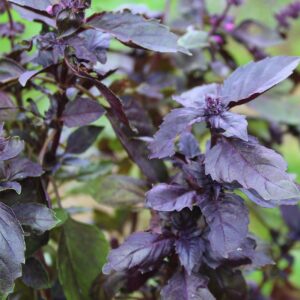
Basil, Purple (albahaca morada)
Culinary Garden ₡1,900.00 Add to cart
Basil, Purple (albahaca morada)
₡1,900.00
SKU: 0105 Category: Culinary GardenScientific name: Ocimum basilicum
Family: Lamiaceae
Origin: India and SE Asia
Medicinal use:In addition to its organoleptic properties, it is widely used to color many dishes, not only in Italian cuisine or a different pesto sauce, both fresh and dry we can use this aromatic herb in soups, salads, purees, sauces, vinaigrettes , meat, fish and even desserts.
38 in stock

